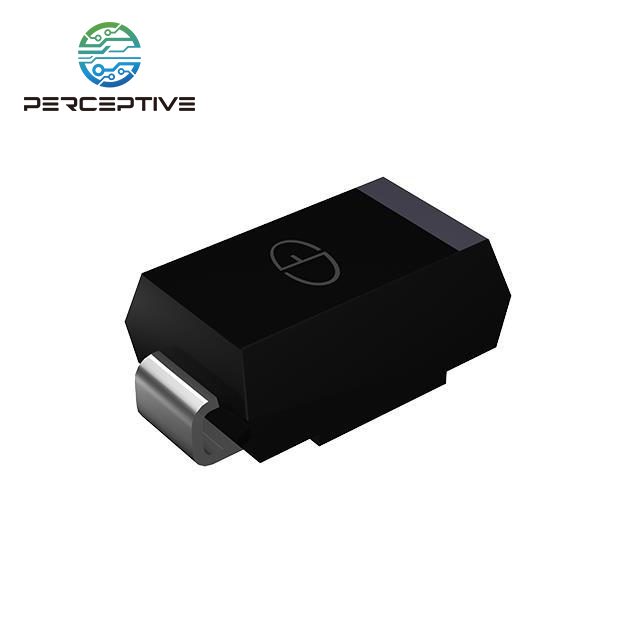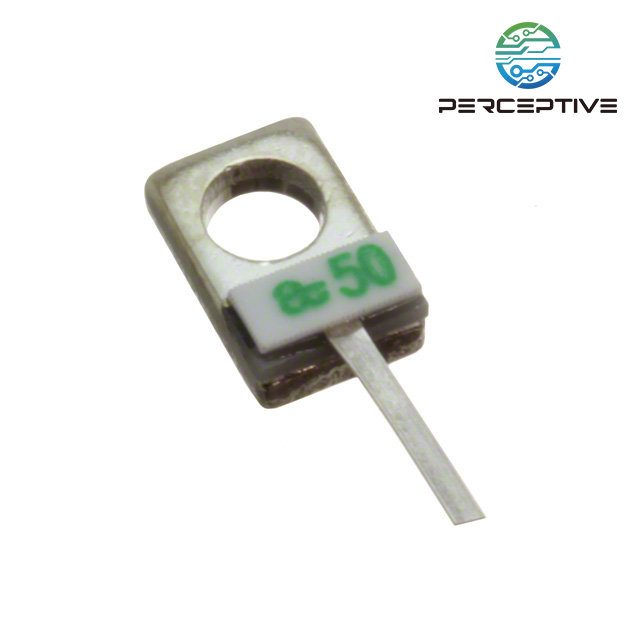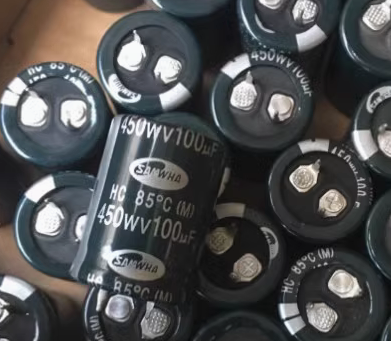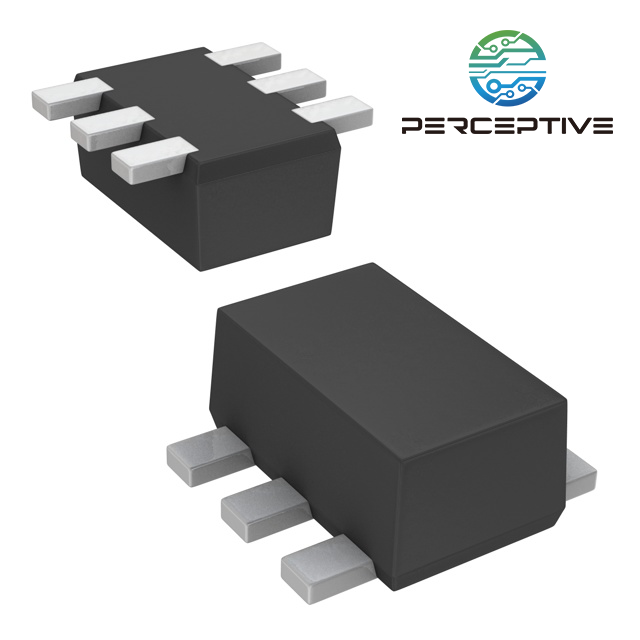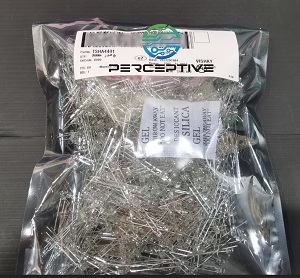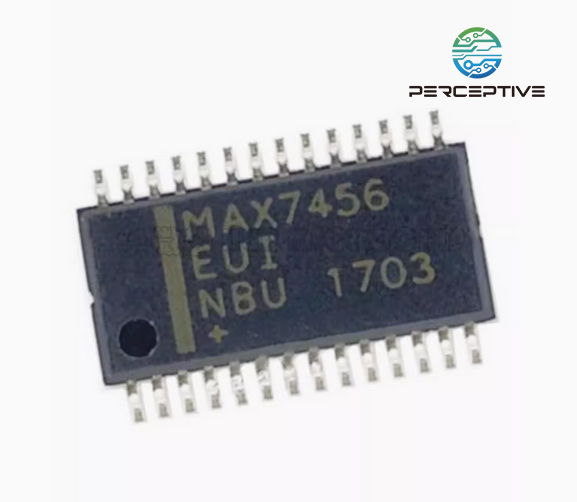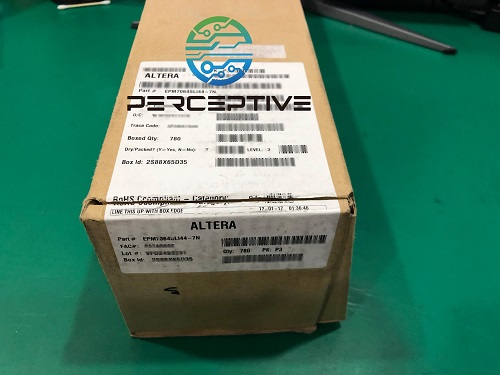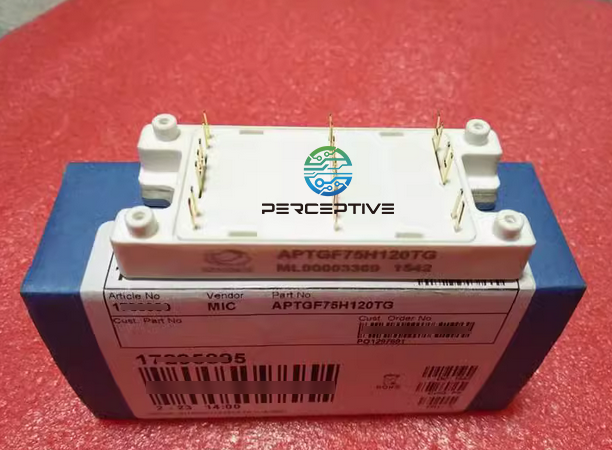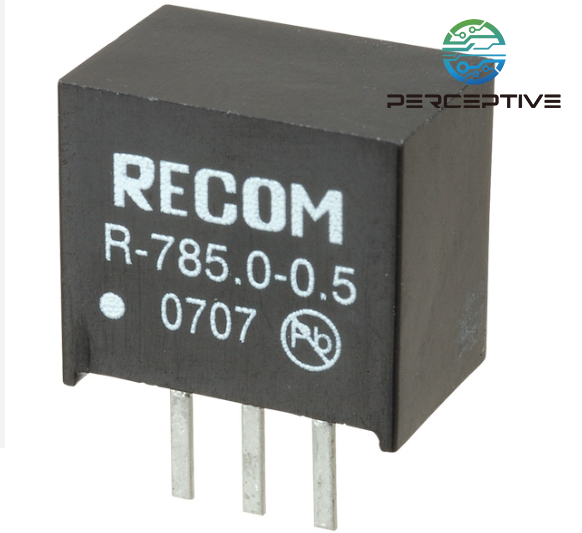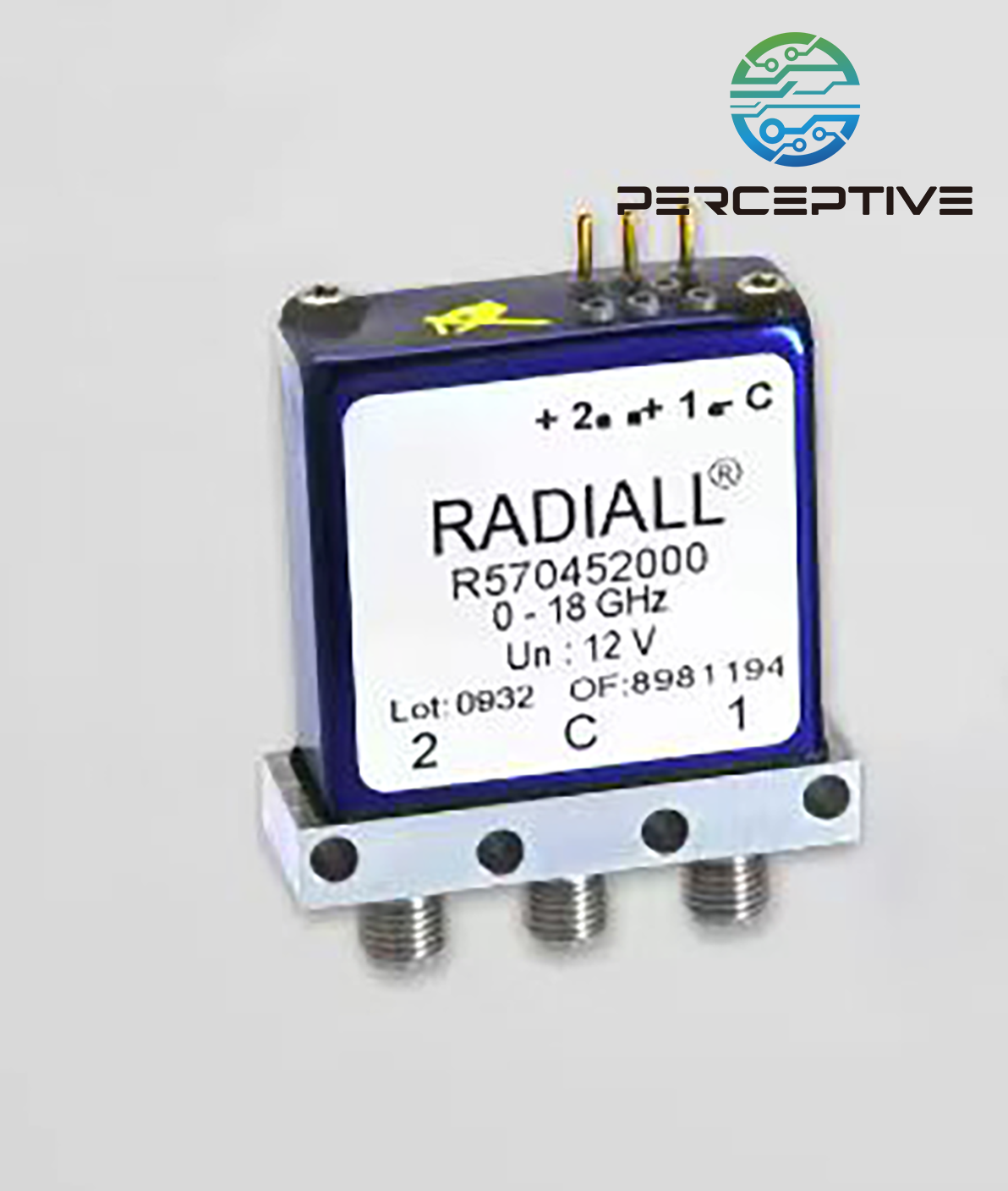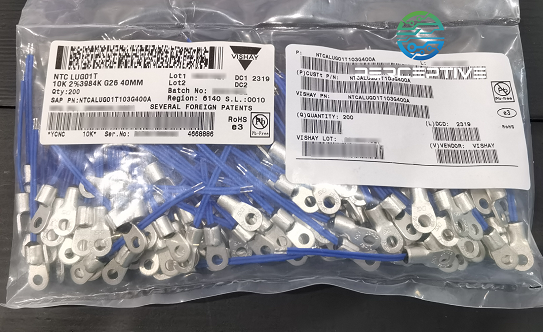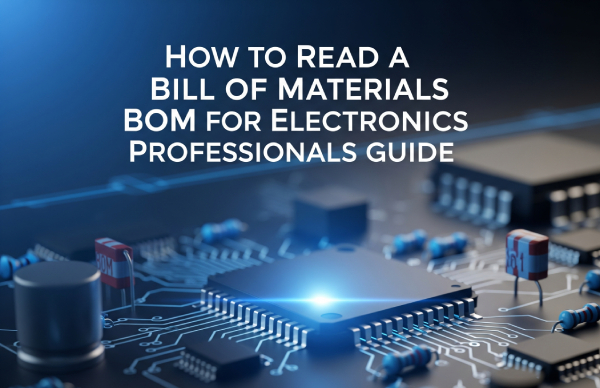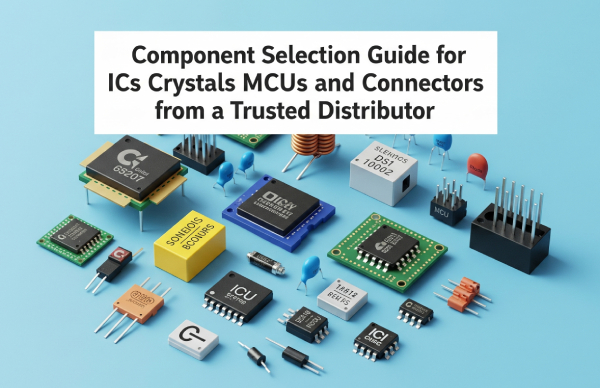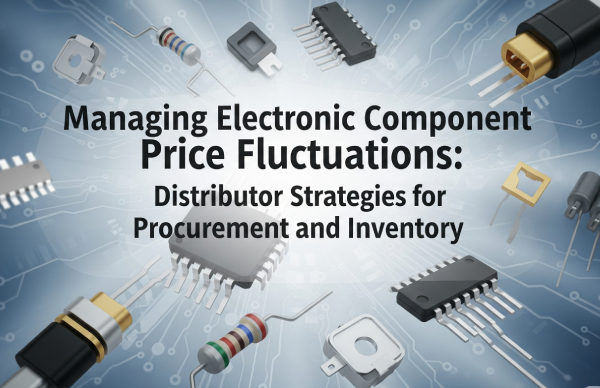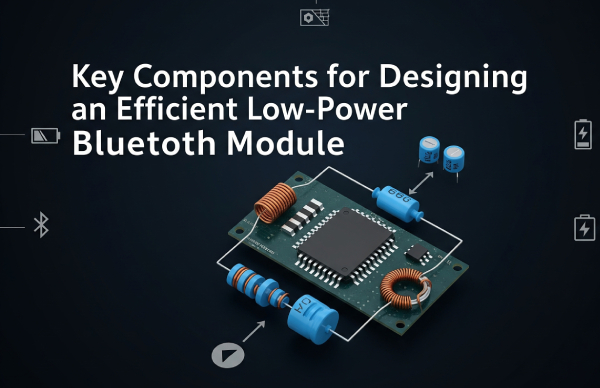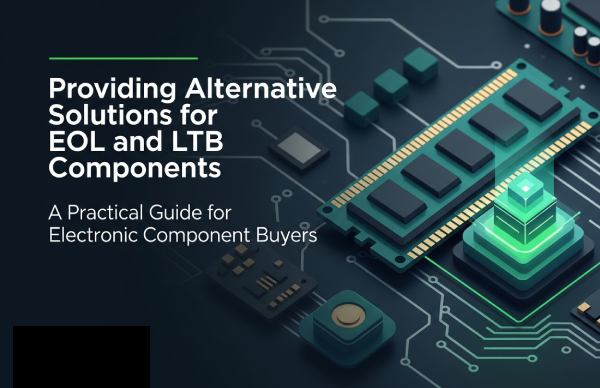In today's fast-paced electronics industry, the link between printed circuit board (PCB) design and assembly, and component selection is stronger than ever. For procurement professionals, engineers, and supply chain managers, understanding this relationship is critical to prevent costly redesigns, avoid last-minute sourcing issues, and ensure that products reach the market on time and within budget.
Design Choices Begin Long Before the BOM
PCB design is not just about placing traces on fiberglass. From the earliest schematic diagrams, every design decision begins to narrow down the pool of feasible components. Parameters like signal integrity, power delivery, thermal performance, and mechanical constraints define what types of parts are needed — long before the first purchase order is placed.
For example, high-speed designs often dictate strict impedance control and minimal trace lengths, which can affect connector types, decoupling capacitor ratings, and even package styles. If designers fail to communicate these constraints clearly, procurement may struggle to source compatible parts, leading to costly revisions or delays.
The Impact of Layout on Sourcing Options
Component footprints, pad spacing, and layer stack-ups defined during PCB layout heavily influence part choices. A minor dimension mismatch between the layout and the actual component can render a whole batch of boards unusable.
Additionally, if a design locks in an obsolete or niche component footprint, buyers may find themselves limited to sole-source suppliers, exposing the project to lead time risks and unexpected cost spikes. That's why close collaboration between design engineers and sourcing teams is vital. At Perceptive Components, we often help customers cross-check footprints and suggest pin-to-pin compatible alternatives with better availability or lifecycle guarantees.
Standardization vs. Innovation: Finding the Right Balance
Modern PCB design increasingly balances innovative new ICs with standard, widely available passives and interconnects. For example, a cutting-edge AI accelerator chip may be non-negotiable for performance reasons — but pairing it with standardized resistors, capacitors, and connectors can help stabilize supply and reduce cost volatility.
Experienced procurement managers know that pushing designers to favor standard footprints (like common package sizes for MOSFETs, op-amps, or RF switches) can pay dividends when scaling production or managing multi-sourcing strategies.
Design for Manufacturability (DFM) and Design for Supply Chain (DFSC)
PCB design doesn't exist in isolation — it directly affects how easily a board can be assembled, tested, and scaled. A brilliant circuit that requires rare or end-of-life components is a weak point in the supply chain.
In recent years, "Design for Supply Chain" (DFSC) has emerged as a key practice alongside DFM. It means designers consider real-time market conditions, component lead times, and multi-source availability during schematic capture and layout. Tools like real-time BOM cost estimators and lifecycle checkers are becoming standard in many ECAD suites for this reason.
Practical Tips for Buyers: Getting Ahead of the Curve
Early Involvement: Encourage procurement teams to review schematic and layout drafts. Early input can flag high-risk components before they get locked into the design.
Maintain Cross-Reference Lists: Work with engineers to identify pin-to-pin and functionally equivalent parts. This allows quick substitutions when shortages occur.
Monitor Obsolescence Trends: Stay updated on manufacturers' EOL notices and roadmaps to anticipate redesign needs before they become urgent.
Foster Communication: Build regular feedback loops between design, procurement, and suppliers. When everyone speaks the same language, costly surprises are less likely.
How Perceptive Components Supports Smart Design Choices
At Perceptive Components, we know that great sourcing starts with great design. We help customers bridge the gap between design intent and supply chain reality through real-time market data, alternative sourcing options, and proactive obsolescence management.
Whether you're designing a cutting-edge IoT device or industrial control systems, our experts can suggest footprint-compatible substitutes, manage long-tail inventory, and negotiate with global suppliers to keep your production line moving.
Conclusion
In the end, PCB design is not just an engineering task — it's the foundation of a robust supply chain. By recognizing how layout decisions shape sourcing options, procurement professionals can add real value: lowering risk, controlling costs, and ensuring that when production ramps up, the right parts are always within reach.


